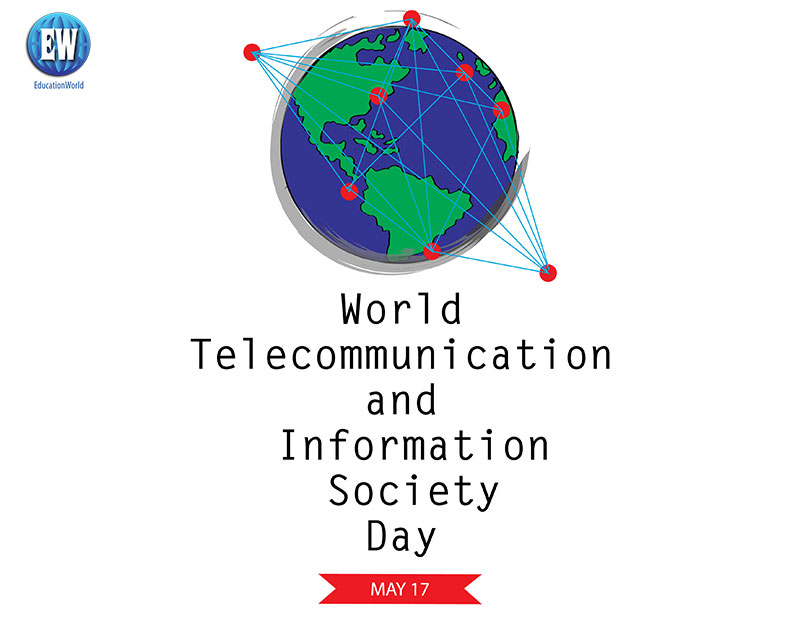Every year on May 17, we celebrate World Telecommunication and Information Society Day which marks the anniversary of the International Telecommunications Union (ITU) which was incepted on May 17, 1865.
Not only does this day raise awareness about the use of Internet and Information and Communications Technologies or ICT but it also aims at making information and communication easily accessible to people living in remote areas of the world.
Steve Jobs rightly said, “Let’s go invent tomorrow instead of worrying about what happened yesterday.” Invention leads to modernisation which in turn takes place through communication. Modernisation via the use of various gadgets like telephones, radios, and computers has not only brought people closer to one another but this information that travels around the globe, is very much crucial for progress in any field.
On this occasion, let’s look at some interesting facts about World Telecommunication and Information Society Day.
- A half-inch diameter tube can fit one million threads of fibre optic cable.
- According to the National Public Radio, US, the first text message was transmitted in the year 1992 by an Engineer Neil Papworth. He typed “Merry Christmas” on a computer and sent the first SMS message to the cell phone of Vodafone director Richard Jarvis.
- The theme for 2019 is “Bridging the standardization gap”.
- In 1991, a team of computer scientists at Cambridge University invented the world’s first webcam to keep an eye on coffee levels from their desks.
- Tim Berners-Lee is credited with the invention of the World Wide Web (WWW), without which the Internet is nothing.
- A normal human blinks at least 20 times a minute, whereas, a computer user blinks only 7 times in a minute.
- Nomophobia is the term used for people who are afraid of being without their mobile phones or losing its connection/signal.
- According to economists, only 8 percent of the world’s currency exists as physical cash. The rest exists only on a computer hard drive, in electronic bank accounts around the globe.




























